All Science
 Apes may be capable of speech, new study suggests
Apes may be capable of speech, new study suggestsKoko, a human-fostered gorilla, has developed vocal and breathing behaviors associated with speaking – something thought to be impossible for gorillas.
 Officials target China's air pollution with fines, stepped-up enforcement
Officials target China's air pollution with fines, stepped-up enforcementAbout 1.6 million people die in China every year because of air pollution, but new – and newly enforced – policies are being deployed to change that.
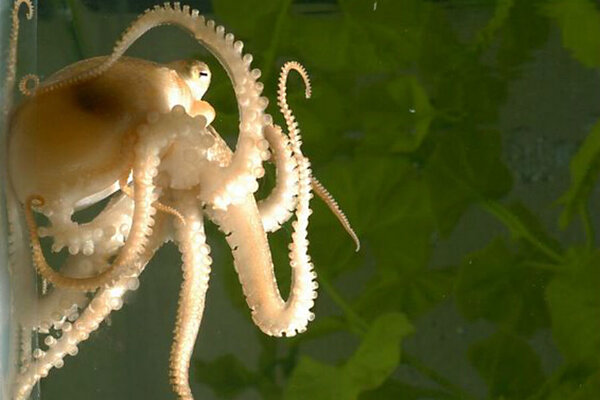 Octopus genome mapped: How weird are the eight-limbed critters?
Octopus genome mapped: How weird are the eight-limbed critters?Scientists found hundreds of novel genes in cctopuses that don't have counterparts in other animals.
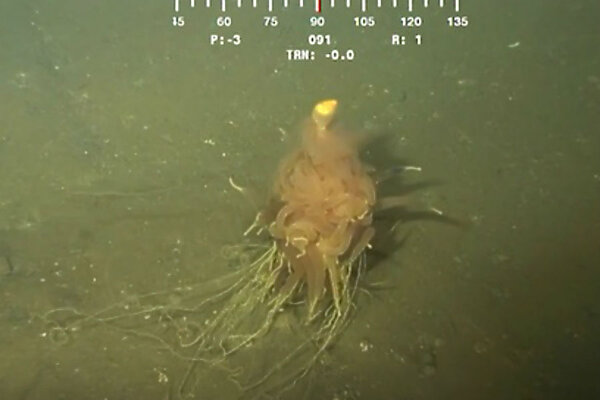 Bizarre undersea critter: What's a 'Flying spaghetti monster'?
Bizarre undersea critter: What's a 'Flying spaghetti monster'?These weird creatures, siphonophores, are related to jellyfish and corals. BP videotaped this strange-looking animal while collecting video footage some 4,000 feet under the sea.
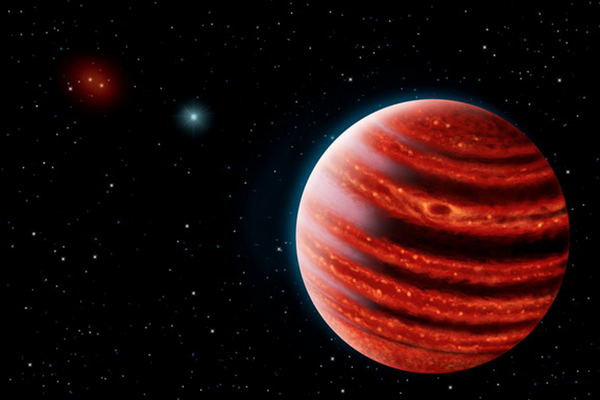 First LookPlanet hunters spot Jupiter Jr., 96 light years from Earth
First LookPlanet hunters spot Jupiter Jr., 96 light years from Earth51 Eridani b is one of the smallest planets beyond our solar system that has been directly imaged.
 Army Ranger students struck by lightning during bad weather drills
Army Ranger students struck by lightning during bad weather drillsSeventeen students and three instructors were hospitalized overnight after they were struck by lightning during Ranger training, the Army said Thursday.
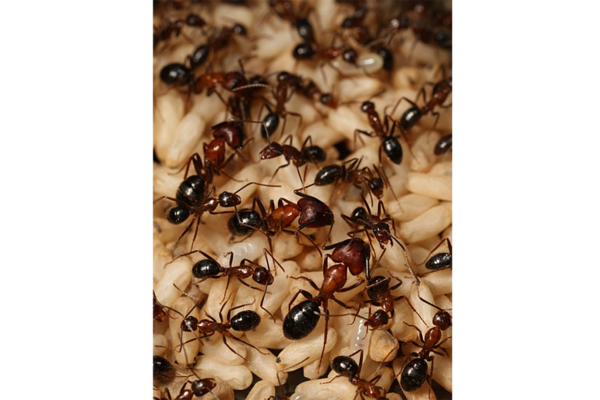 How do ants tell each other apart?
How do ants tell each other apart?Ants can distinguish between using their hi-def sense of smell, say scientists.
 First LookMiss your 3 a.m. Perseid wake-up call? See stunning photos here.
First LookMiss your 3 a.m. Perseid wake-up call? See stunning photos here.The Perseid meteor shower happens every August, but this time the light show has been one of the brightest displays in years because the incident coincided with a new moon.
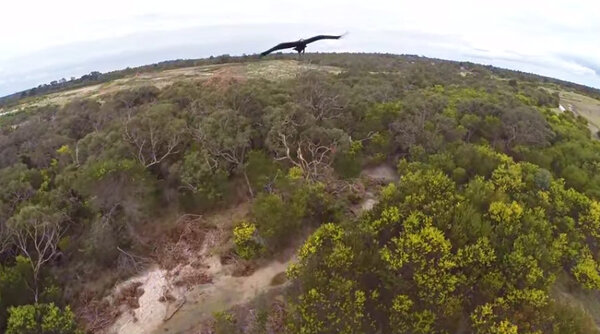 Angry eagle attacks UAV: How do drones affect wildlife?
Angry eagle attacks UAV: How do drones affect wildlife?An Australian drone operator posted video of an eagle attacking his drone, the latest incident to suggest the need for greater caution when flying UAVs near animals.
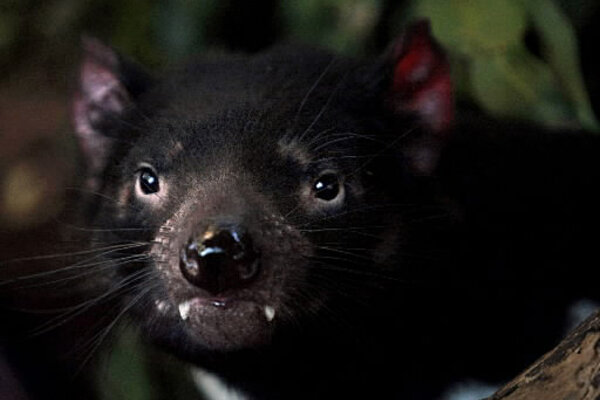 Taz to the rescue? Study says devil could save Aussie ecosystem
Taz to the rescue? Study says devil could save Aussie ecosystemFirst, dingoes drove Tasmanian devils out of Australia. Now that the dingoes are dwindling, the new top dogs have scientists trying to bring back the devils.
 Scientists spot smallest exoplanet ever seen by a telescope
Scientists spot smallest exoplanet ever seen by a telescopeLocated some 96 light-years from Earth, 51 Eridani b looks like a young Jupiter, say scientists.
 Happy Left-Handers Day! Why are lefties so rare?
Happy Left-Handers Day! Why are lefties so rare?Where does left-handedness come from, and why do only one in ten people experience it?
 How are they going to clean up that Colorado mine spill?
How are they going to clean up that Colorado mine spill?Treatment and dilution are the primary methods for removing toxic chemicals from rivers, say experts.
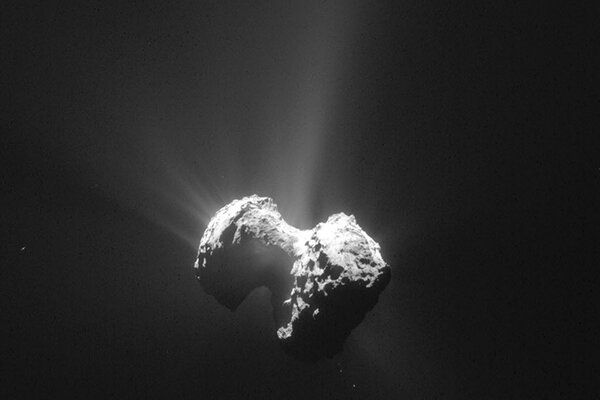 Interactive, 3D model of Rosetta's comet: A perihelion present?
Interactive, 3D model of Rosetta's comet: A perihelion present?Scientists have released a brand-new, interactive model of Comet 67P, generated from Rosetta orbiter data, on the day of their closest approach to the sun.
- New parrot species found hiding in plain sight
The discovery that Africa's Cape Parrot is a distinct species highlights the importance of genetic analysis to conserving wildlife.
- Rosetta comet comes to life as it nears sun
Comet 67P/Churyumov-Gerasimenko, with the European Space Agency's Rosetta spacecraft in orbit around it, is releasing gas and dust as it makes its closest approach to the sun.
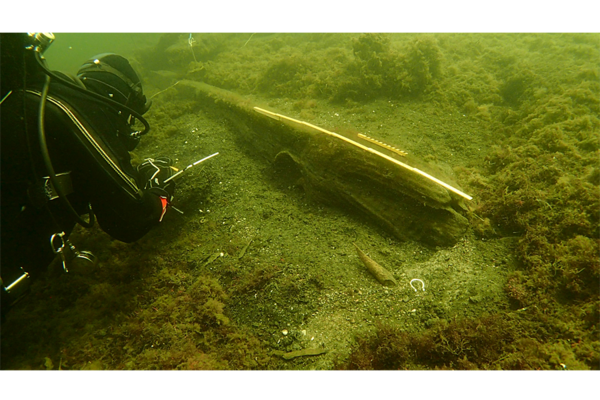 'Fantastic' sea monster figurehead found in 15th century shipwreck
'Fantastic' sea monster figurehead found in 15th century shipwreckThe wreck of the Gribshunden, a vessel thought to have sunk in 1495 in waters off Sweden, is one of the best-preserved of its kind.
- Comet, European spacecraft make closest approach to sun
With the European Space Agency's Rosetta lander circling around it, Comet 67P/Churyumov–Gerasimenko is now reaching perihelion, the closest point to the sun in its orbit.
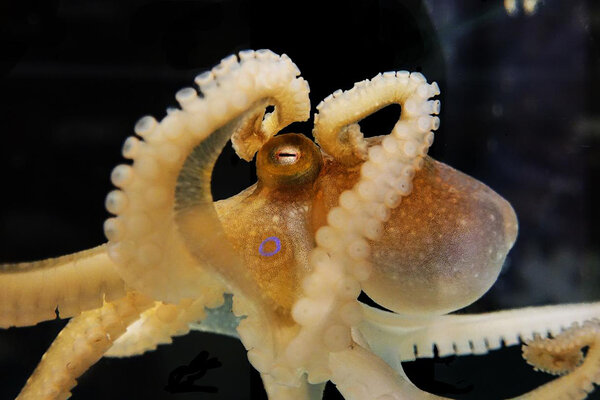 First LookScientists sequence octopus genome: A better understanding of cephalopods?
First LookScientists sequence octopus genome: A better understanding of cephalopods?Researchers have sequenced an octopus genome for the first time, paving the way for a better understanding of octopuses and similar creatures.
 Scientists find new way to grow graphene: Future of electronics?
Scientists find new way to grow graphene: Future of electronics?A team of scientists has discovered a new way to grow graphene, enabling the material to be used in electronic devices.



















